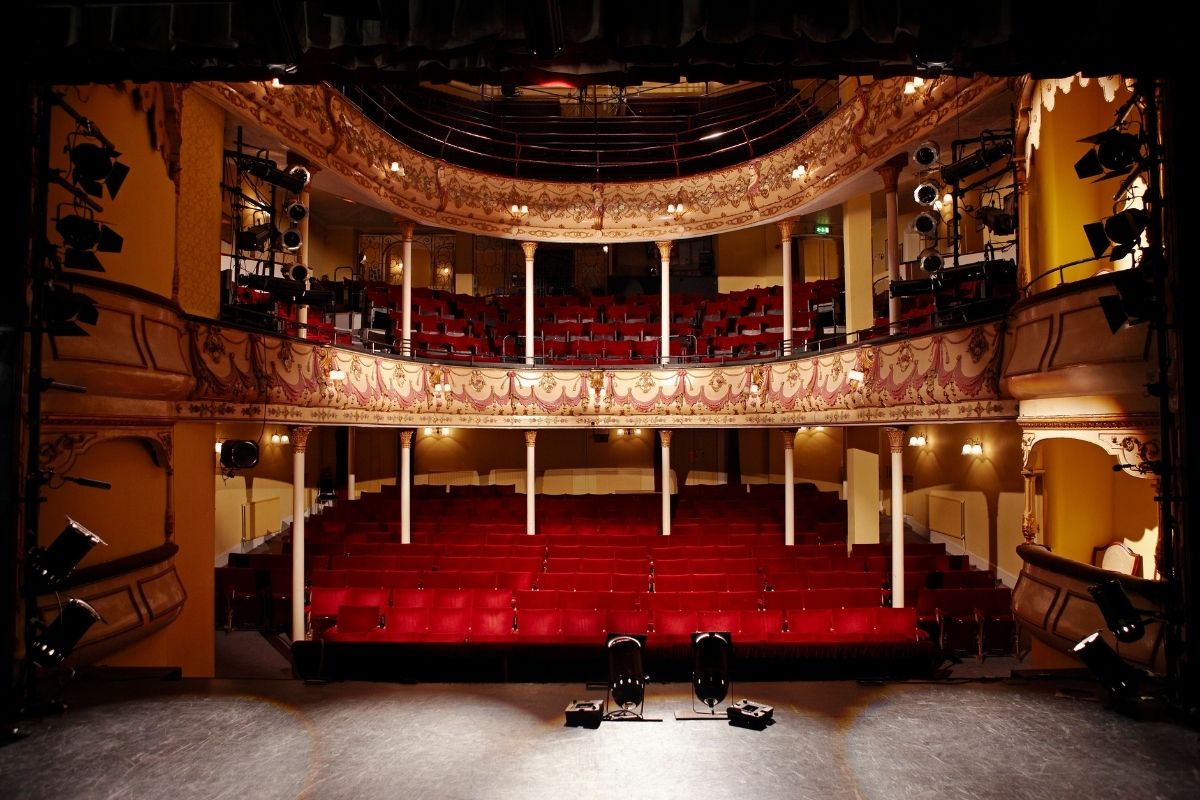What Makes Compelling Musical Storytelling?
The blogosphere, as it was built, really influenced music journalism. I believe this is because people gravitated toward the blogs because they had a different sense of voice than what a digital publication might have. There was not only a playfulness with these blogs but also a sense of perspective that people really grew to appreciate. And that came in a lot of different forms across a lot of different blogs.
Overall, though, I think there’s a reason why the blogosphere was influential and, to some degree, still is. There is that voice. There’s a kind of perspective that makes you want to engage over and over again, and not just with one piece of content. You want to return to getting that perspective and getting that sense of self you might not necessarily find on a major digital publication.
To me personally, any article that is compelling is a good music journalism piece. There are so many different ways to tell the story of an artist, or a song, or an album, or a trend in music. There are also so many different voices. For example, some of my favorite writers who focus on music sound completely different from some of my other favorites, and I believe that’s because they have a developed voice.
Not only does a great piece of musical journalism need to be persuasive, but it also needs to be compelling. There have been times when I’ve read something that I completely disagreed with, but I ended up loving it because it shed some new light on a topic that I hadn’t previously considered. It was able to add a different sense of perspective, and I always appreciate that as a reader, as an editor, and as a writer myself.
I think that a compelling piece of musical journalism needs to grab your attention. That’s what I mean when I say compelling. It needs to be able to differentiate itself from the sea of coverage, of stories, of posts and of links that make their way online.
At Billboard, that’s what we try to offer every day. We try to offer voices not only within our analysis and our essays and our persuasive pieces of content, but also in terms of our in-depth coverage and our reporting. That can take the form of a reported piece with multiple sources you trust because of the brand name of the writer and the publication. Ultimately, a good piece of musical journalism might come in any of a lot of different boxes, but I believe that overall, it just has to be compelling in some way.
If you’re interested in learning more about music journalism and the music industry, give online music education a try. It is far and away the most accessible way to attain the music education that you desire.


